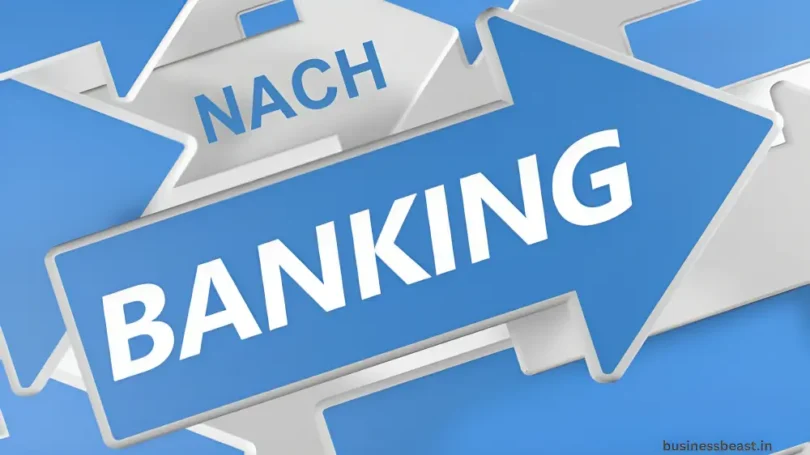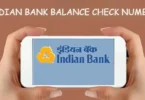The modernization of payment systems in the banking industry has made the National Automated Clearing House (NACH) a crucial element in the constantly changing financial services landscape. NACH in Banking offers a seamless solution for managing different payment requirements for individuals and businesses alike, marking a significant shift towards automated and efficient transaction processing. NACH makes electronic transactions hassle-free in contrast to conventional methods, enhancing the general effectiveness and dependability of banking operations.
What is NACH in Banking?
Similar to the Reserve Bank of India’s Electronic Clearing Service (ECS), the National Payments Corporation of India (NPCI) created the NACH, or National Automated Clearing House, as a framework to facilitate fund clearing. Large-scale money processing is facilitated by this unified browser-based payment service for banks, businesses, governments, and other financial institutions.
Government subsidies, pensions, and large-scale payments like corporate dividends and salaries can all be made by organizations using NACH. Moreover, NACH in banking enables bulk transactions for the accumulation of payments for a variety of services, including mutual fund investments, loans, energy, telecommunications, and water.
How Does NACH in Banking Work?
- All information supplied by customers in their NACH mandate form will be confirmed by the company.
- Following a successful verification process, the business will send the form to the appropriate bank.
- The mandate form will be sent to NPCI by the bank.
- The customer’s bank will receive the mandate form from NPCI once all the information has been verified.
- The company can debit money from the customer’s account as long as the customer’s bank approves.
NACH in Banking Types
- NACH Credit: Through the use of NACH in Banking Credit, an electronic payment method, financial institutions can provide credit to a sizable number of people for their registered accounts. Large payments of wages, interest, pensions, subsidies, and dividends can be made directly to the beneficiaries’ personal bank accounts by any organization with RBI approval. Moreover, NACH’s Aadhaar Payment Bridge System (APBS) has successfully directed subsidies and incentives to the intended recipients by using Aadhaar numbers.
- NACH Debit: Financial institutions can accept large payments through the NACH system without the assistance of a third party. It makes it possible for a business to get payments for things like taxes, water and electricity bills, loan installments, and other potential payments. Additionally, it permits the electronic transmission and automatic processing of mandate information.
Features and Benefits of NACH in Banking
- For Customers:
- The process is safe and secure.
- Because the transactions are settled in a single day, it saves time.
- The automated process efficiently handles the recurrent payments.
- It is an easy-to-use facility with quick cancellation and convenient access.
- Using your net banking login credentials, you can use NACH in banking to validate your transfer request.
- Because the funds are automatically deducted, you don’t need to remember the dates of the recurring payments.
- For Banks:
- The cost of an invoice is zero.
- Payments cannot be made after the deadline.
- The likelihood of fraud and theft is greatly reduced.
- Effective management is ensured by online transactions.
- Fast payment approvals allow the banks to enhance their clientele.
- The service is less complicated because it doesn’t require clearing checks.
- For Organisations:
-
- Simple bill payments increase customer satisfaction.
- There aren’t many checks to be cleared for this online mandate.
- An organization can save time because many beneficiaries receive their money quickly
- Because the approval process is not too lengthy.
How to Set Up NACH Mandate?
- Fill out the NACH mandate form by going to the website of your bank.
- The website of the destination bank will be displayed to you. Verify your request with your online banking login information.
- After checking your information, the bank will decide whether to approve or deny your request.
- You’ll be able to plan your upcoming transactions after being approved.
- For future use, you will be given a code, known as UMRN, in numerical form.
What are NACH Charges?
NACH charges are fees assessed by NPCI after a NACH transaction is completed. The host bank and the receiving bank share the processing fees for e-mandates, and the receiving bank is required to pay a fine if the directive is not carried out within ten days. Furthermore, the fees differ based on the agreements that the banks have with the NPCI and the terms of service.








Leave a Comment